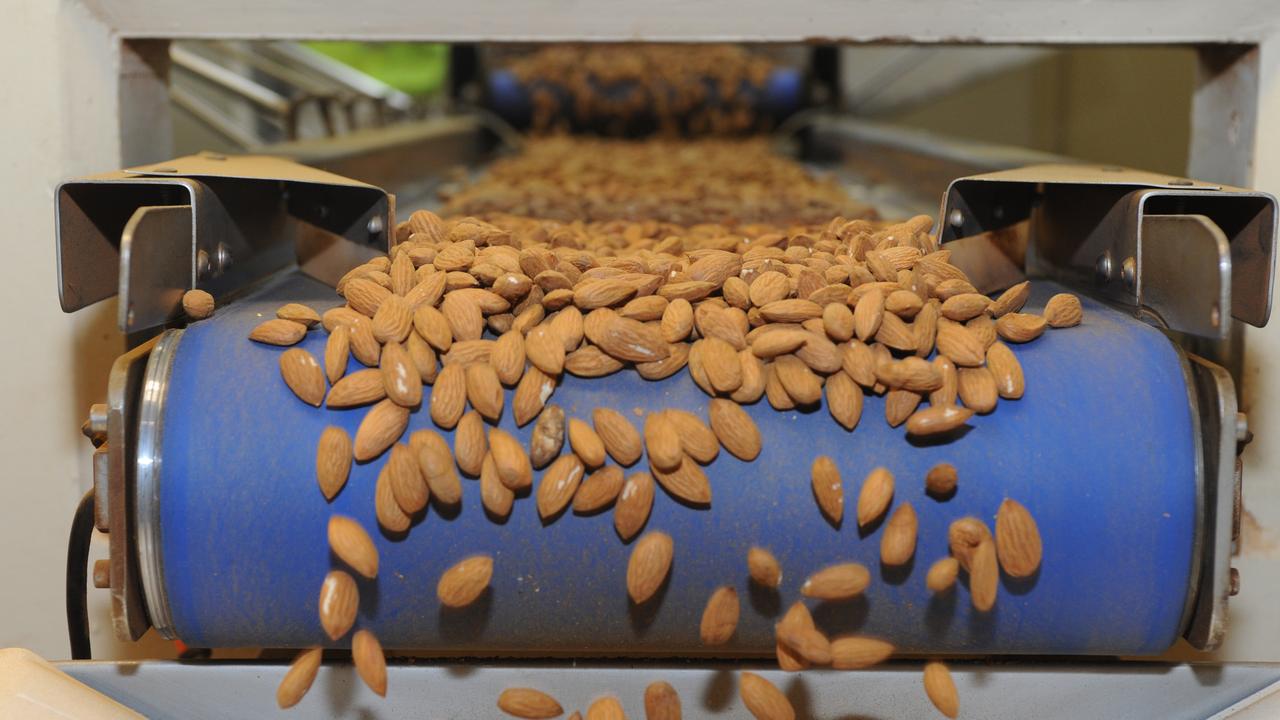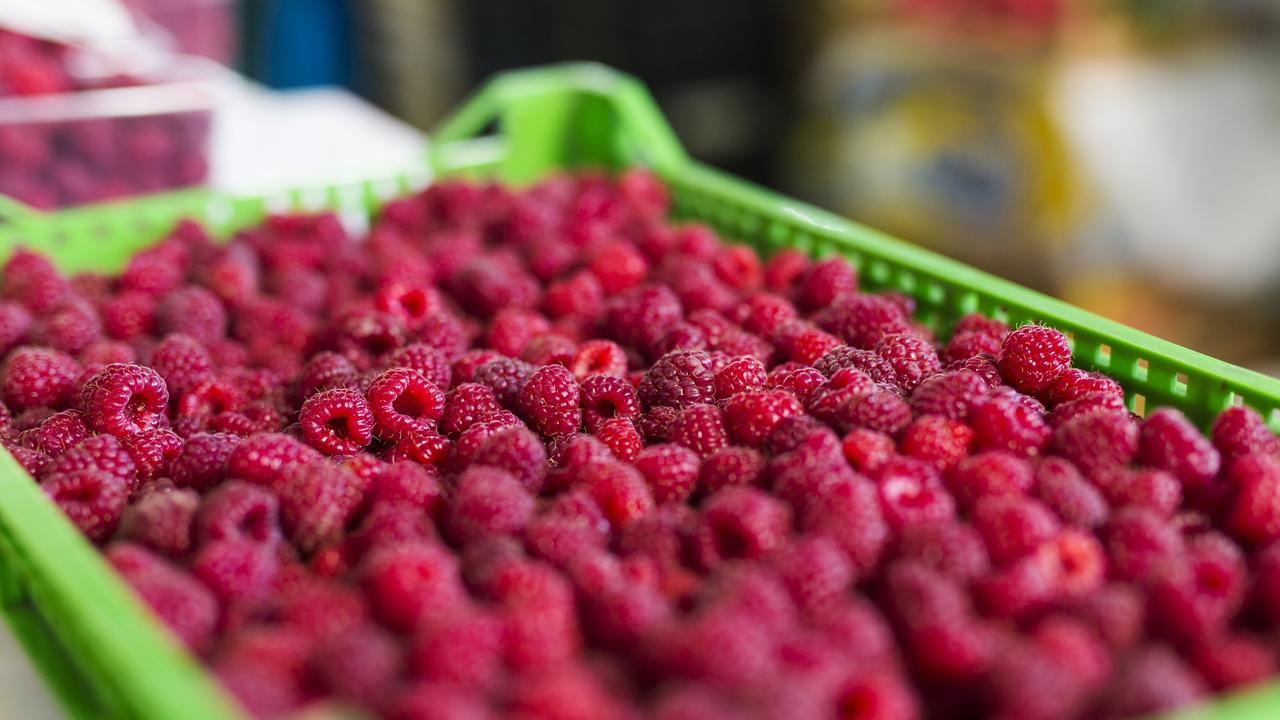Tasmanian Farmers and Graziers Association slams rust fight
THE Tasmanian Farmers and Graziers Association has slammed the Tasmanian Government for its lack of commitment to biosecurity after ending its fight to eradicate blueberry rust last year.
THE Tasmanian Farmers and Graziers Association has slammed the Tasmanian Government for its lack of commitment to biosecurity after ending its fight to eradicate blueberry rust last year.
At the public hearing for the state inquiry into the disease last week, TFGA chief executive Peter Skillern raised concerns about the state’s methods in dealing with disease and pest incursions.

“Biosecurity systems should be rigorous, equitable and transparent, and we strongly believe these fundamental tenets have been lacking in this particular case,” Mr Skillern told the hearing.
Blueberry rust was discovered in 2014 and announced as “removed” in June 2016 by the department of Primary Industries, Parks, Water and Environment Department and Biosecurity Tasmania.
However, when the disease was detected again a month later, Biosecurity Tasmania said it would contain, rather than eradicate it.
Blueberry rust causes premature leaf drop, loss of yields and in severe cases death of the plant and is a threat to Tasmanian exports.
“The reality is that Biosecurity Tasmania and the department need to be at the border and they need to be proactive and rigorous in their application,” Mr Skillern said.
The TFGA also accused the Government of not communicating with industry and withholding vital information including a report by Macquarie Franklin on the rust.
“Despite numerous inquiries and requests from TFGA, that document did not surface until a blueberry grower obtained it under freedom of information,” he said.
Mr Skillern said the report held crucial information for organic growers and there were fears more pests and diseases would now breach Tasmanian borders.
Biosecurity Tasmania secretary Dr John Wittington said the system was built on national and international principles but their communication with growers should have been better. “We adopt the procedures that are the least burdensome and restrictive but provide the highest level of protection,” he said. “(The) decisions are evidence based and there is a risk-based allocation of resources and the cost benefit is very much a part of our decision making process.”


